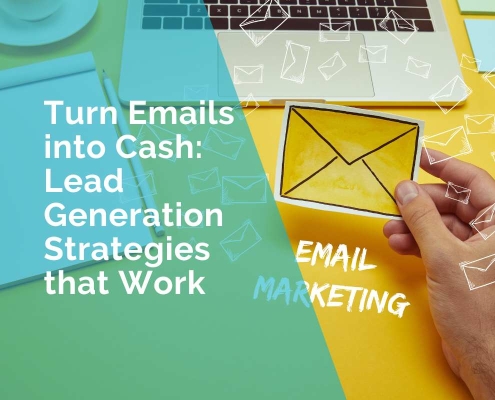Emotions in Advertising: How to Win the Hearts of Consumers?
Today, the market for goods and services is more than oversaturated with possible options and information and that is why emotions in advertising play a decisive role and are becoming increasingly important. They influence behavior and purchasing decisions, creating a deep connection between brands and consumers and strengthening brand loyalty. So, today, in order to win the hearts of consumers and increase engagement, it is worth using emotional appeals in advertising.
The Power of Emotional Appeal
Advertising is always aimed at convincing consumers to buy certain products or services, so traditional advertising campaigns often focus on rational appeals that mainly highlight the product’s features, benefits, and, of course, competitive advantages.
Numerous studies in advertising have shown that emotions play a very decisive role in how consumers make decisions and often this is not always supported by something rational. After all, we are all living beings and rationality does not always win over our emotional and intuitive thinking systems. That is why advertising that evokes emotions in people, both positive and negative, usually leads to a faster and more frequent reaction to buy a certain product or service. You can also easily monetize website, if you have one, using advertising with an emotional appeal.
Well, now we will move on to the main strategies that will definitely help you effectively evoke emotions with your advertising and subsequently win the hearts of consumers.
Main Strategies to Win the Hearts of Consumers
1. Identify Your Audience
So, start by researching and understanding the values, needs and problems of your specific target audience. After all, different demographics respond differently to different emotional triggers. Also, make sure that the emotions you choose to evoke are also consistent with your brand’s core values. Tailor your approach to evoke specific emotions in specific people.
2. Engage The Consumer with a Story
Use a narrative that can create a relatable, compelling story that allows the consumer to see themselves in and don’t neglect relatable characters and situations that can evoke both empathy and engagement. You can also use conflict and resolution, i.e. create a problem and show how your product can solve it, creating an emotional journey from point A to point B.
3. Use Emotional Triggers
This could be humor, nostalgia or perhaps a sense of connection. You can create a positive and memorable experience or evoke warm feelings and memories in the consumer by using past experiences. Also, choose scenarios that consumers can relate to themselves, which will help them feel a connection with the product or service or with your brand as a whole.
4. Work with Negative Emotions
For example, you can draw your attention in advertising to such feelings as fear, sadness, etc., thus showing understanding, offering a solution or demonstrating resilience. A very catchy advertising format is transformation, that is, you demonstrate the path from a negative situation to an incredible positive result.
5. Use of Visuals
Be sure to use powerful images or videos that cause triggers. Study the psychology of color and use colors that evoke certain emotions. Trivially – blue for trust, red for excitement and attention, green for calm. You can make a specific color your brand’s recognizable color. Also, the use of music and soundtrack is no less important, because the right soundtrack can enhance the emotional impact and, of course, will be remembered for a long time.
6. Call to Action
In advertising, always encourage consumers to take action by connecting their emotions to the desired outcome, whether it is making a purchase or supporting a cause. Create an immediate reaction, whether it is excitement, urgency or a certainty about something.
7. Use Authenticity and Vulnerability
You should show real people, real stories and reviews from real customers. This will 100% resonate with potential consumers, strengthen trust and allow consumers to see themselves in the advertisement. And triggers will not keep you waiting. Emphasizing the difficulties and problems that individuals face every day will help create a deep emotional connection and make your brand more relevant and native to the consumer. Be careful and real, because people can very easily notice insincerity and pretense.
8. Measure and Adapt
Track emotional responses through customer feedback, surveys, and social media interactions. Make it a habit to continually refine your emotional strategies based on this data. Analyze which emotions elicit the greatest and least response, refine your strategy and approach accordingly.
The Ethical Considerations of Emotional Advertising
Although, emotional advertising can be an incredibly powerful tool for promotion. It also raises ethical issues that marketers should definitely consider. Consumers’ negative reactions to manipulating their emotions simply for commercial gain at the moment should not be ignored.
Conclusion
Now that you understand the psychological underpinnings of emotional appeals, you can effectively apply them in practice. After all, emotions play a key role in advertising, acting as a very powerful mechanism for connecting with consumers on a fairly deep level. Remember to stay authentic, tell compelling stories and focus on positive results to create long-term engagement. This is what will allow your potential consumers to choose your brand once and many times in the future, defend it and maintain loyalty over time. Do everything thoughtfully, with love for people and it will definitely resonate!
***
Daniel Aldrin












